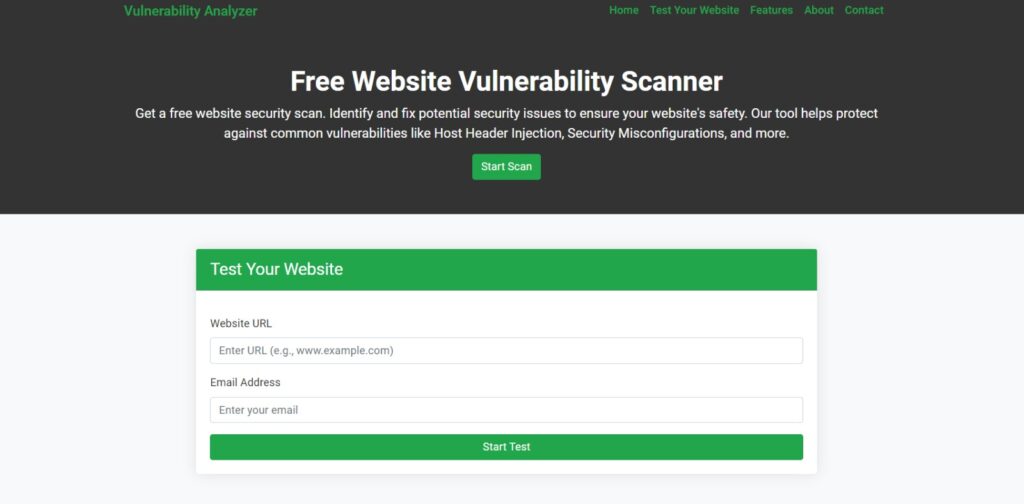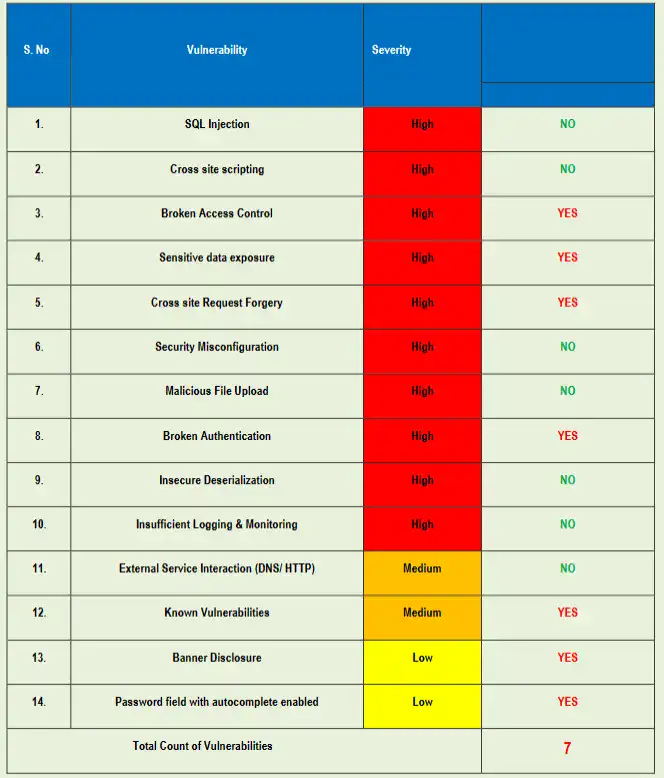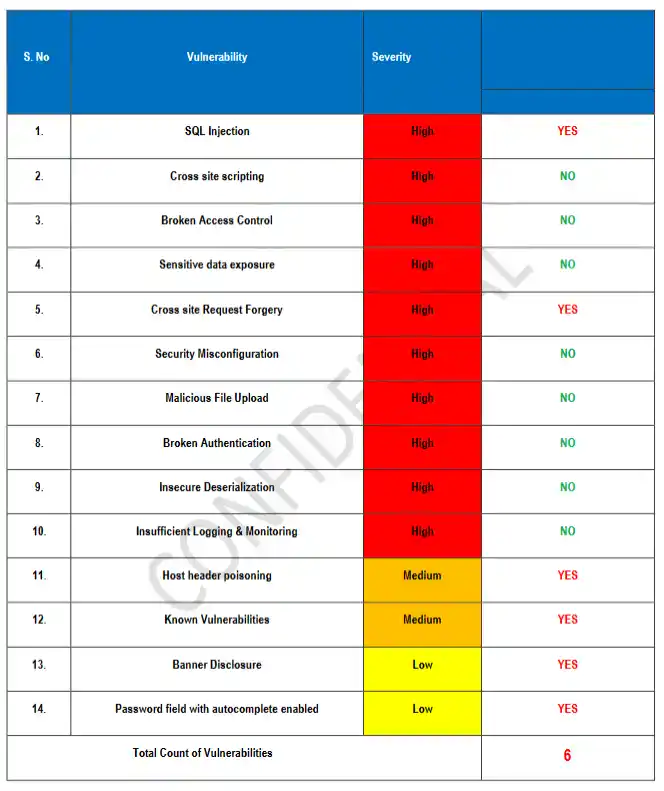🚨 Real Case Study: Network Penetration Testing for an Italian Small Business
🔍 Overview: How a Simple Configuration Could’ve Led to a Full Network Compromise
At Pentest Testing Corp, we specialize in identifying hidden vulnerabilities in networks that many businesses—especially small enterprises—overlook.

In this real-world network penetration testing case study, we’ll walk through how our team discovered a critical vulnerability during an engagement with a small Italian company. The vulnerability involved the public exposure of the TR-069 remote management interface on their network hardware—something that, left unchecked, could have resulted in complete network compromise.
🏢 Client: A Small Business in Italy
The client was a rapidly growing small business in Italy, expanding its digital footprint with remote workers, online systems, and cloud integrations. Although they had antivirus software and a basic firewall, they had never undergone a professional network penetration test.
The engagement was scoped to include:
- Internal and external network pentesting
- Router and IoT device analysis
- Firewall rule auditing
- Recommendations and remediation assistance
🚨 The Vulnerability: TR-069 Interface Exposed to the Internet
During the external network enumeration phase, our team identified an open port—TCP 7547—which is commonly associated with TR-069 (Technical Report 069), a remote management protocol used by ISPs and network administrators to control routers and modems.
🔥 Why TR-069 Exposure is Dangerous
TR-069 is not inherently insecure, but exposing it to the public internet without authentication is a major risk. It can allow attackers to:
- Remotely control routers or modems
- Download configuration files
- Push malicious firmware updates
- Modify DNS settings to launch Man-in-the-Middle (MITM) attacks
- Create persistent backdoors into the network
🛠️ Our Technical Findings
Here’s a breakdown of what we discovered:
📌 Network Scan Example (nmap):
nmap -p 7547 -sV <client_ip>
PORT STATE SERVICE VERSION
7547/tcp open cwmp Huawei Home Gateway TR-069The scan revealed a CWMP (CPE WAN Management Protocol) service running on a Huawei gateway. No authentication prompt was present when querying the interface using curl.
📌 Proof-of-Concept Request:
curl http://<client_ip>:7547/ -vThe server responded with a SOAP-based TR-069 interface schema, indicating it was accessible and active.
🔓 Risk Rating:
Critical – Full remote access was possible, which could lead to:
- Credential leakage
- Traffic redirection
- Firmware modification
- Total network takeover
⚙️ Remediation Steps Implemented
Immediately after confirming the vulnerability, our team:
- Notified the client with a detailed risk report.
- Helped them disable TR-069 on the router interface.
- Configured firewall rules to block access to port 7547 from the public internet.
- Updated device firmware to patch other potential vulnerabilities.
- Implemented internal monitoring to detect similar misconfigurations.
✅ Key Takeaway: Misconfigurations Are More Dangerous Than Zero-Days
This incident highlights a critical lesson in network security—you don’t need a zero-day exploit to breach a network. Many successful attacks occur due to default settings, open ports, and forgotten interfaces.
Even small businesses, which often assume they’re “too small to target,” can become victims due to:
- Insecure router configurations
- Legacy hardware
- Remote worker setups
- Poor segmentation and access control
🖼️ Our Website Vulnerability Scanner to test your Web App

Try scanning your network using our free tool to see what attackers might find.
💼 What We Offer: Network and Web Penetration Testing Services
Looking to protect your business from similar issues? Our team offers comprehensive services, including:
🔗 Web Application Penetration Testing Services
🔗 Offer Cybersecurity Services to Your Clients
With over 250+ satisfied clients and a 4.9⭐ rating, we deliver:
- Risk-free engagements
- Actionable insights
- Transparent reports
- Post-engagement guidance
📚 Related Reading
Explore other technical posts from our team:
- 🔗 OAuth Misconfiguration in Laravel
- 🔗 HTTP Parameter Pollution in Laravel
- 🔗 Prevent Buffer Overflow in React.js
- 🔗 Web Application Penetration Testing
- 🔗 Web Cache Deception Attack in Laravel
Related case study: See how our IR playbook contained a live web compromise with zero data loss in healthcare — Healthcare Plugin Exploit: Rapid Incident Response.
If you’re building AI-enabled apps, securing your ML models and APIs is just as important. Explore our AI cybersecurity service →
🧠 Final Thoughts
This real-world case study from a small business in Italy proves that network vulnerabilities aren’t limited to large enterprises. Exposed interfaces like TR-069 can open the door to catastrophic security breaches—but they’re entirely preventable with a professional network penetration test.
🛡️ Don’t wait for attackers to find your flaws—find them first.
Need help?
✅ Request a Free Scan
📩 Or contact us for a full security audit.

